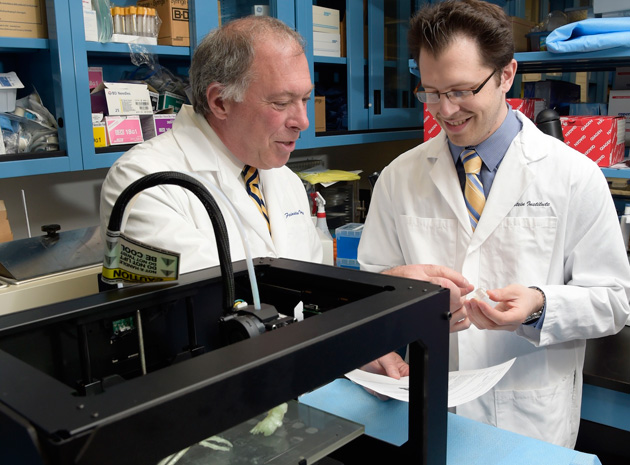
Believe it or not, scientists aren’t yet finished discovering new ways to 3D print body parts. A team at the Feinstein Institute for Medical Research has developed a 3D printing technique that lets them produce cartilage for repairing damaged tracheas, better known to you and I as windpipes. They use an off-the-shelf 3D printer (in this case, a MakerBot Replicator 2X Experimental) to create a scaffold for the cartilage out of the same PLA filament you’d use for everyday 3D printing projects. After that, they cover the scaffold in a mix of chondrocytes (healthy cartilage cells) and collagen, ‘baking’ it in a custom bioreactor to make sure the cells grow properly.
via Engadget






